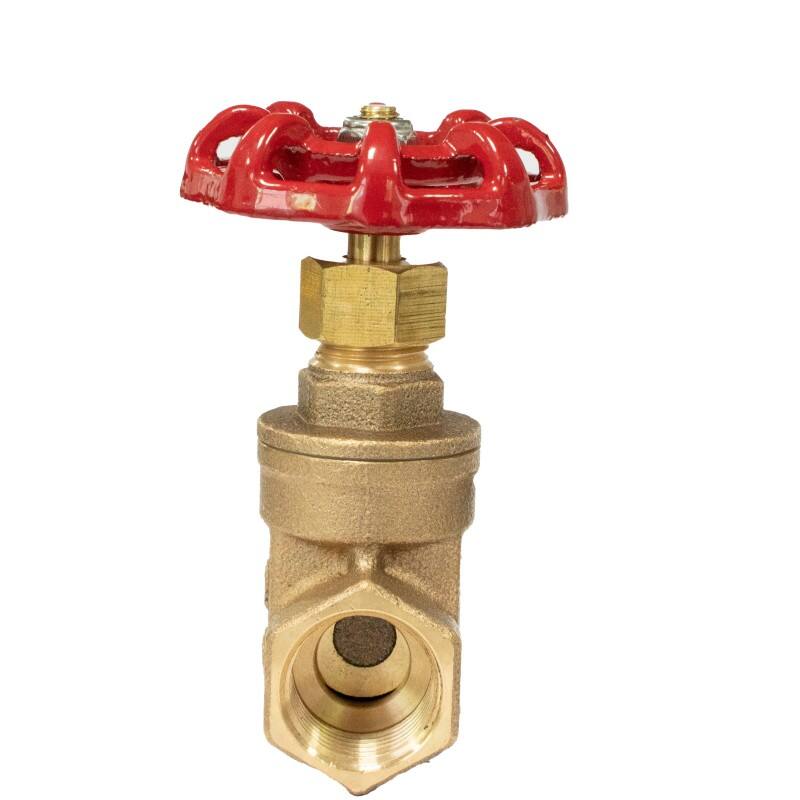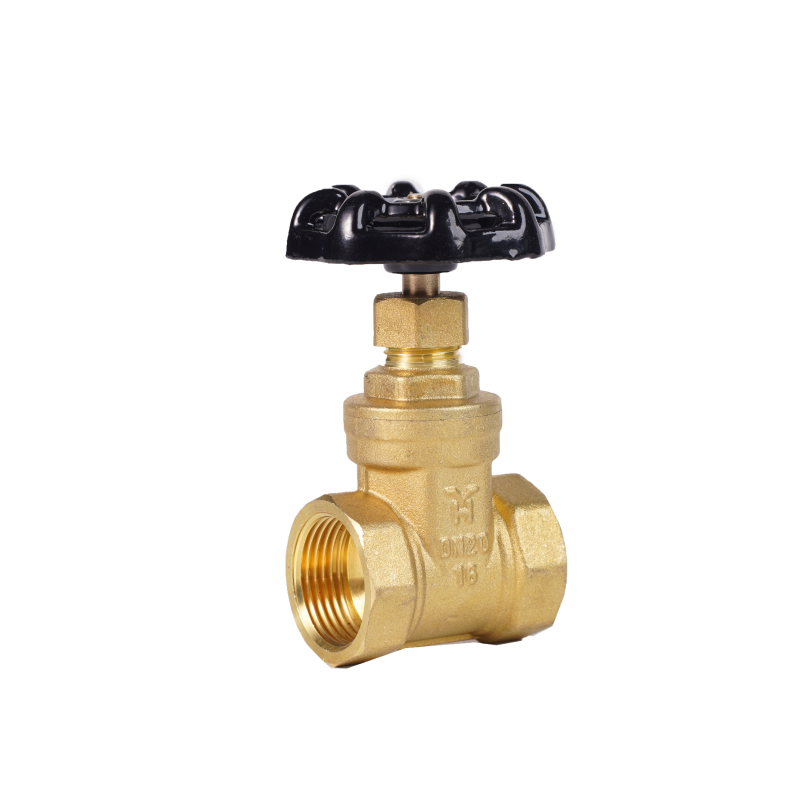Essential Guide to Gate Valve Longevity Through Proper Maintenance
Gate valve maintenance stands as one of the most crucial aspects of industrial operations, yet it's often overlooked until problems arise. These vital components control fluid flow in countless applications, from oil and gas facilities to water treatment plants. When properly maintained, a gate valve can provide decades of reliable service, but neglect can lead to costly failures and unexpected downtime. Understanding the fundamentals of gate valve maintenance not only protects your investment but ensures smooth operations throughout your facility.
The importance of regular maintenance cannot be overstated, as it directly impacts both operational efficiency and safety. A well-maintained gate valve operates smoothly, prevents leakage, and maintains system integrity. This comprehensive guide will explore the essential aspects of gate valve maintenance, providing you with practical strategies to maximize valve lifespan and performance.
Understanding Gate Valve Components and Their Maintenance Needs
Critical Components That Require Regular Attention
The stem, seats, and gate are primary components that demand consistent maintenance attention. The stem, which controls the gate's movement, requires proper lubrication and inspection for wear or damage. Gate valve seats provide the sealing surface and must remain clean and free from debris to prevent leakage. The gate itself needs regular cleaning and inspection to ensure smooth operation and proper sealing.
Understanding these components helps maintenance technicians identify potential issues before they develop into serious problems. Regular inspection of packing glands, bonnet connections, and body-bonnet joints ensures early detection of wear patterns or deterioration that could compromise valve performance.
Material Considerations in Maintenance Protocols
Different gate valve materials require specific maintenance approaches. Steel valves may need particular attention to prevent corrosion, while bronze or brass valves might require different cleaning agents. The choice of lubricants and cleaning materials must align with the valve's construction materials to prevent adverse reactions or accelerated wear.
Environmental conditions also play a significant role in maintenance requirements. Valves exposed to harsh chemicals or extreme temperatures may need more frequent maintenance intervals and specialized care protocols to maintain their integrity.

Implementing an Effective Maintenance Schedule
Preventive Maintenance Timeline Development
Creating a structured maintenance schedule is fundamental to extending gate valve lifespan. Daily visual inspections can identify immediate concerns, while weekly checks might include basic operation tests. Monthly maintenance typically involves more detailed inspections and basic servicing, such as lubrication and cleaning.
Quarterly or semi-annual comprehensive maintenance should include thorough internal inspections, component testing, and necessary repairs. This systematic approach helps prevent unexpected failures and extends the valve's operational life significantly.
Documentation and Record-Keeping Practices
Maintaining detailed records of all gate valve maintenance activities provides valuable insights into performance trends and helps optimize maintenance schedules. Documentation should include inspection dates, observed conditions, performed maintenance tasks, and any replacements or repairs made.
These records become invaluable for predicting potential issues, planning preventive maintenance, and determining when valve replacement might be necessary. They also help in training new maintenance personnel and establishing best practices for your facility.
Advanced Maintenance Techniques and Best Practices
Lubrication and Cleaning Procedures
Proper lubrication is essential for smooth gate valve operation. Select lubricants specifically designed for valve applications, considering factors such as operating temperature, pressure, and media type. Regular cleaning removes built-up debris and prevents corrosion, ensuring reliable performance.
Advanced cleaning techniques might include ultrasonic cleaning for smaller components or specialized cleaning agents for stubborn deposits. Always follow manufacturer recommendations for cleaning products and methods to avoid damaging valve components.
Diagnostic Tools and Technology Integration
Modern maintenance programs often incorporate advanced diagnostic tools to enhance gate valve maintenance. Ultrasonic testing can detect internal wear or damage, while thermal imaging helps identify potential issues before they become visible. Vibration analysis provides insights into valve operation and can indicate developing problems.
Digital maintenance management systems help track maintenance schedules, store historical data, and generate predictive maintenance recommendations. This technology-driven approach optimizes maintenance efficiency and helps prevent unexpected failures.
Common Challenges and Solutions in Gate Valve Maintenance
Addressing Wear and Corrosion Issues
Wear and corrosion represent significant challenges in gate valve maintenance. Regular inspection of sealing surfaces, stem threads, and other critical components helps identify wear patterns early. Implementing appropriate corrosion protection measures, such as protective coatings or cathodic protection systems, can significantly extend valve life.
When wear is detected, proper repair or replacement of affected components prevents more extensive damage. Understanding the root causes of wear helps in developing effective preventive measures and selecting appropriate materials for replacement parts.
Managing Environmental and Operational Stresses
Environmental factors such as temperature fluctuations, chemical exposure, and atmospheric conditions can significantly impact gate valve performance. Developing specific maintenance protocols that address these challenges helps maintain valve integrity under adverse conditions.
Operational stresses, including pressure variations and cycling frequency, require careful monitoring and appropriate maintenance responses. Adjusting maintenance schedules based on operational demands ensures optimal valve performance and longevity.
Frequently Asked Questions
What are the signs that a gate valve needs immediate maintenance?
Key indicators include difficult operation, unusual noises during actuation, visible leakage around the stem or body joints, and inconsistent flow control. Any of these symptoms warrant immediate inspection and maintenance attention to prevent potential failure.
How often should gate valves be completely overhauled?
Complete overhauls typically should be performed every 3-5 years, depending on service conditions, usage frequency, and manufacturer recommendations. However, valves in critical service or harsh environments may require more frequent overhauls.
What role does proper storage play in gate valve maintenance?
Proper storage of spare parts and replacement valves is crucial for maintaining their integrity. Store valves in a clean, dry environment, protect sealing surfaces, and maintain light lubrication on exposed metal surfaces. Regular inspection of stored components ensures they remain ready for use when needed.
Can improper maintenance void a gate valve's warranty?
Yes, failing to follow manufacturer-recommended maintenance procedures or using unauthorized replacement parts can void warranty coverage. Always document maintenance activities and use approved materials and methods to maintain warranty protection.
Table of Contents
- Essential Guide to Gate Valve Longevity Through Proper Maintenance
- Understanding Gate Valve Components and Their Maintenance Needs
- Implementing an Effective Maintenance Schedule
- Advanced Maintenance Techniques and Best Practices
- Common Challenges and Solutions in Gate Valve Maintenance
- Frequently Asked Questions

